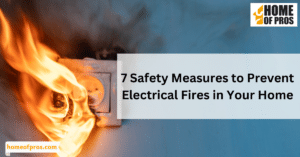Preparing for an electrical inspection is essential for safety and compliance. Start by organizing all electrical documents and permits, making them easily accessible. Check for any visible electrical issues, replace damaged components, ensure your circuits are correctly labeled, and have a licensed electrician perform a thorough inspection before the official inspection date to address any potential problems proactively.
Electrical inspections are essential for safety and compliance. In this guide, we’ll provide you with eight key steps to prepare effectively for your inspection, ensuring your electrical system is both code-compliant and safe. Let’s get started on your journey to a successful inspection.
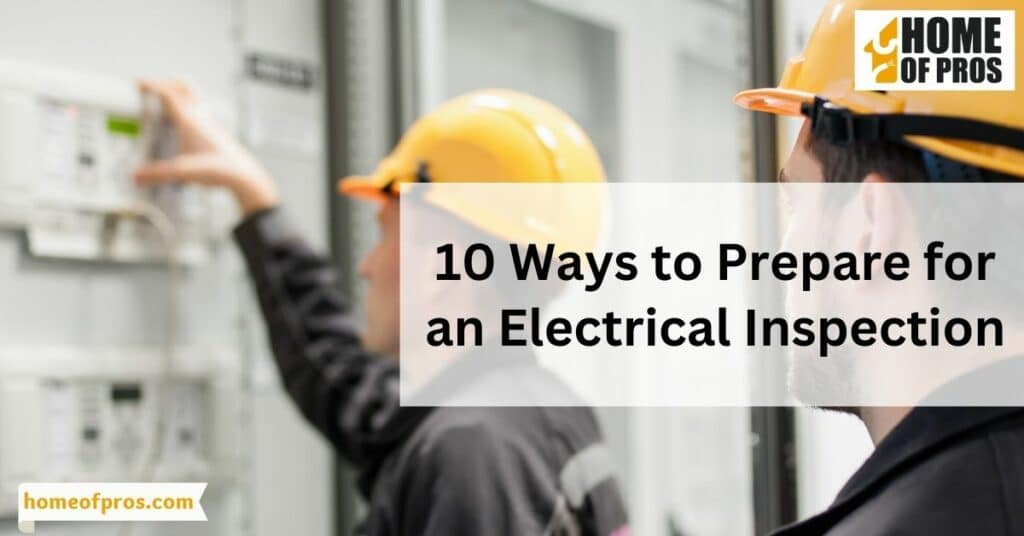
1. Gather Your Documentation
To kick off your preparation for an electrical inspection, it’s crucial to have all your paperwork in order. This involves collecting various types of essential documents, including permits, electrical plans, and any previous inspection reports. These documents not only provide valuable historical context for your electrical system but also demonstrate your commitment to regulatory compliance. To keep them organized and easily accessible, consider setting up a dedicated folder or utilizing digital storage solutions. This initial step lays the foundation for a smooth and successful inspection process.
2. Visual Inspection of Your Electrical System
Before the official inspection, conduct a comprehensive visual examination of your electrical system. This hands-on assessment is pivotal in identifying and rectifying potential issues that might otherwise go unnoticed. Keep an eye out for common problems such as damaged wires, outlets, and switches. Should any concerns arise, address them promptly and, most importantly, safely. A thorough visual inspection not only showcases your diligence but also helps set a positive tone for the upcoming inspection, reducing the likelihood of unforeseen complications.
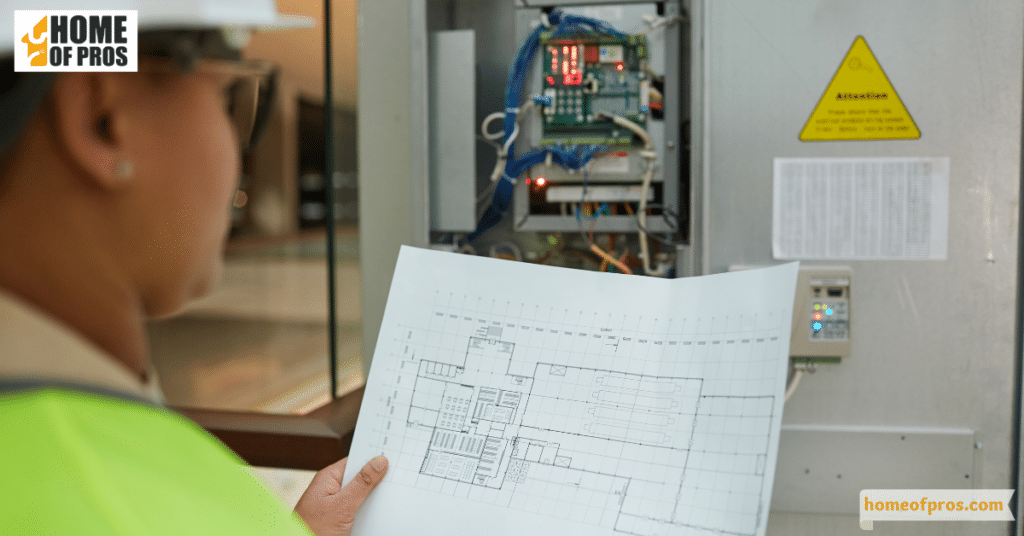
3. Hire a Licensed Electrician
The expertise of a licensed electrician is invaluable in ensuring compliance and safety during an inspection. Consider enlisting the services of a professional for a pre-inspection assessment. Their trained eye can uncover compliance issues that might elude your untrained gaze. If any problems are identified during this assessment, take prompt action to rectify them before the official inspection. This proactive approach not only safeguards against compliance issues but also instills confidence in the inspection process, reassuring both you and the inspector.
4. Labeling Your Circuits
Clear and accurate circuit labeling is more than just a detail; it significantly streamlines the inspection process and underscores your commitment to safety and organization. Learn the proper way to label your circuits by following a step-by-step guide. This seemingly small effort can have a substantial impact on the efficiency and effectiveness of the inspection, making it a smoother experience for both you and the inspector.
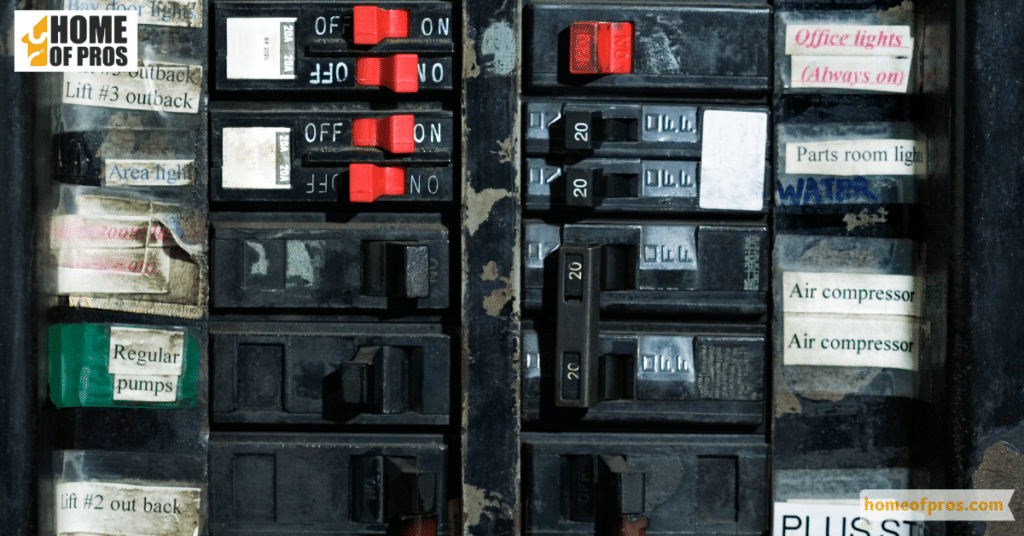
5. Addressing Safety Hazards
Safety should be the paramount concern when preparing for an electrical inspection. Familiarize yourself with common safety hazards associated with electrical systems, such as exposed wires and overloaded circuits. Take decisive steps to mitigate these hazards effectively, ensuring your property is a safe environment for occupants and inspectors alike. Demonstrating your commitment to safety is not only responsible but also showcases your dedication to upholding the highest standards.
6. Ensure GFCI Outlets Are Installed
Ground Fault Circuit Interrupter (GFCI) outlets are indispensable for electrical safety. Understand where and why these outlets are required, and confirm that they are installed and functioning correctly in the appropriate locations. Learn how to test GFCI outlets and replace them as necessary to maintain optimal safety standards. This proactive approach ensures that your electrical system is equipped with the latest safety features, giving you peace of mind.
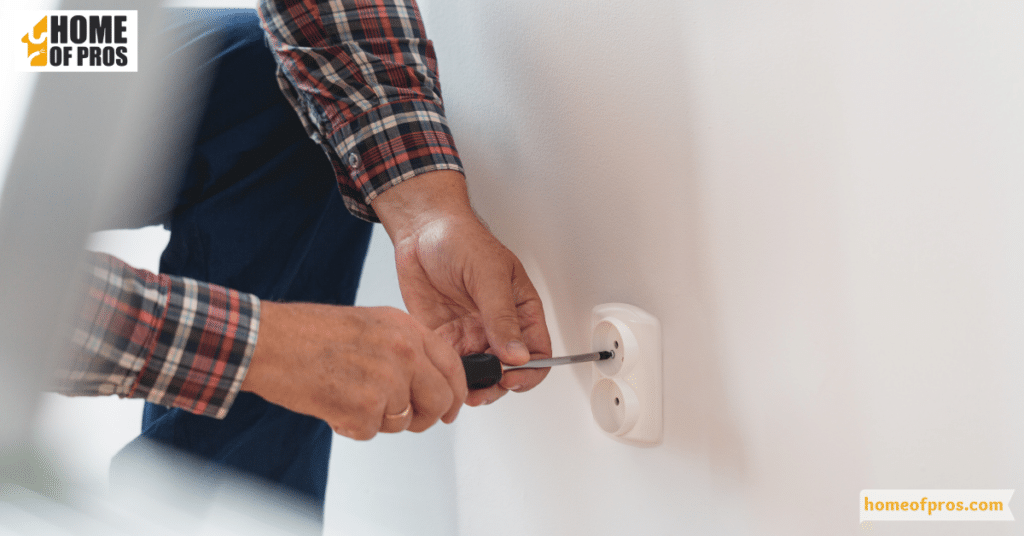
7. Test Smoke and Carbon Monoxide Detectors
Smoke and carbon monoxide detectors are your first line of defense in emergencies. Regularly test these devices to ensure they are in proper working order. Don’t overlook routine maintenance tasks like changing batteries and replacing outdated detectors. By keeping these critical safety components in peak condition, you’re actively safeguarding your property and its occupants.
8. Prepare for the Inspection Day
As the inspection day approaches, it’s essential to be well-prepared. Follow a comprehensive checklist to ensure that everything is in order and ready for inspection. Extend a warm welcome to the inspector, creating a positive and cooperative atmosphere. Your presence during the inspection is valuable, as it allows you to promptly address any questions or concerns that may arise. Being organized and courteous on the inspection day can significantly contribute to a successful outcome and a hassle-free inspection process.

9. Check and Update Electrical Appliances and Equipment
Ensuring the proper functioning of electrical appliances and equipment is another critical aspect of preparing for an electrical inspection. Start by checking all appliances and equipment connected to your electrical system. Look for signs of wear and tear, frayed cords, or any visible damage. Replace or repair any faulty items to prevent potential hazards and ensure compliance with safety standards. Additionally, consider having an expert conduct a professional evaluation of your appliances and equipment, especially if they are integral to your daily operations. This proactive approach not only enhances safety but also instills confidence in the reliability of your electrical system.
10. Review and Understand Local Electrical Codes and Regulations
Staying informed about local electrical codes and regulations is essential for a successful electrical inspection. Research and review the specific codes and regulations applicable to your area, as they can vary from one jurisdiction to another. Ensure that your electrical system adheres to these standards, as compliance is a primary focus of inspections. Familiarizing yourself with local requirements also enables you to address any potential issues in advance, reducing the risk of compliance violations. By keeping abreast of these regulations, you demonstrate a commitment to maintaining a safe and compliant electrical system.

Conclusion
Meticulous preparation for an electrical inspection goes beyond mere compliance; it’s about prioritizing safety and ensuring the well-being of all occupants. By following these eight fundamental steps, you not only meet regulatory requirements but also take proactive measures to protect your loved ones and the integrity of your property. Whether you’re a homeowner or a business owner, these actions demonstrate your commitment to electrical safety and regulatory compliance, setting the stage for a successful inspection.










